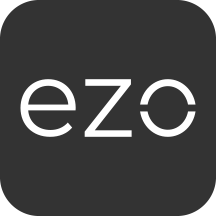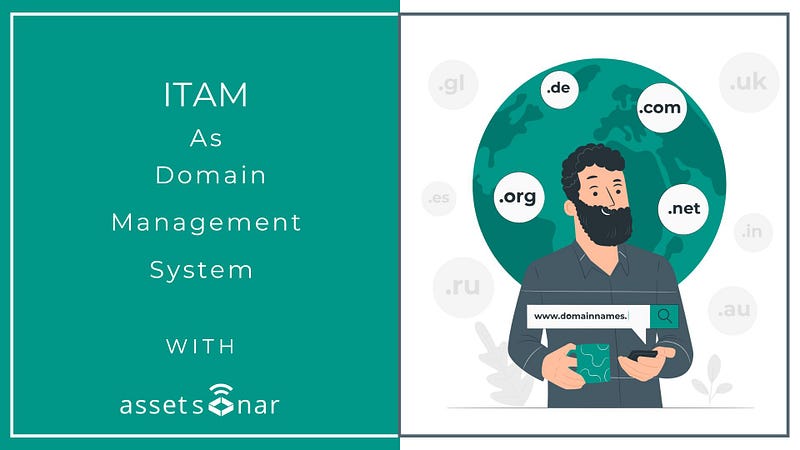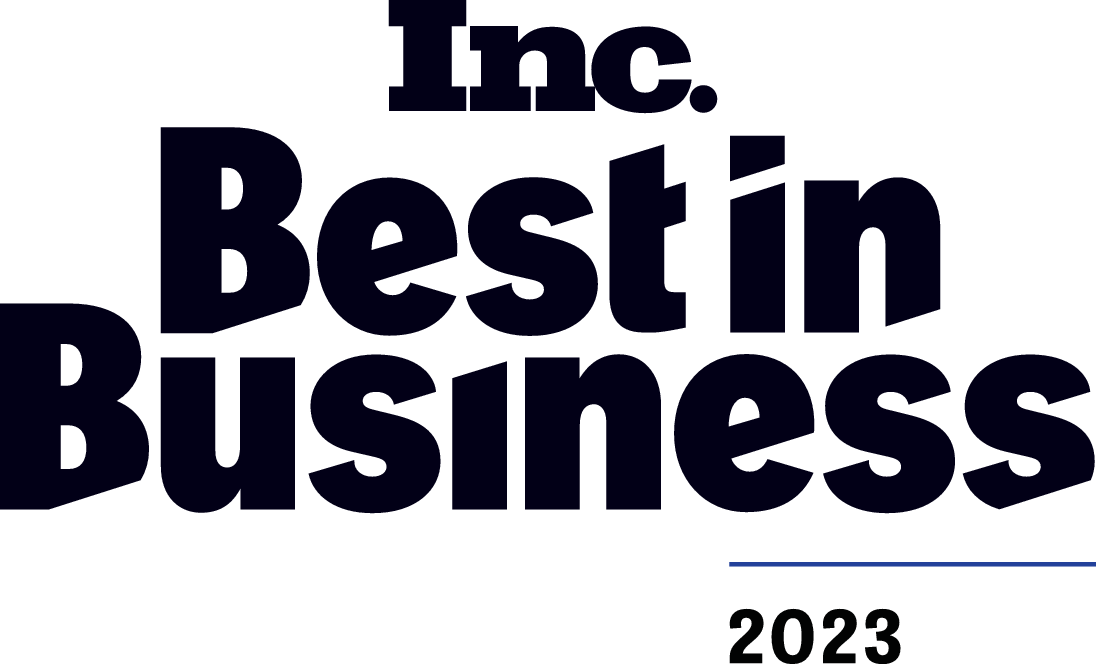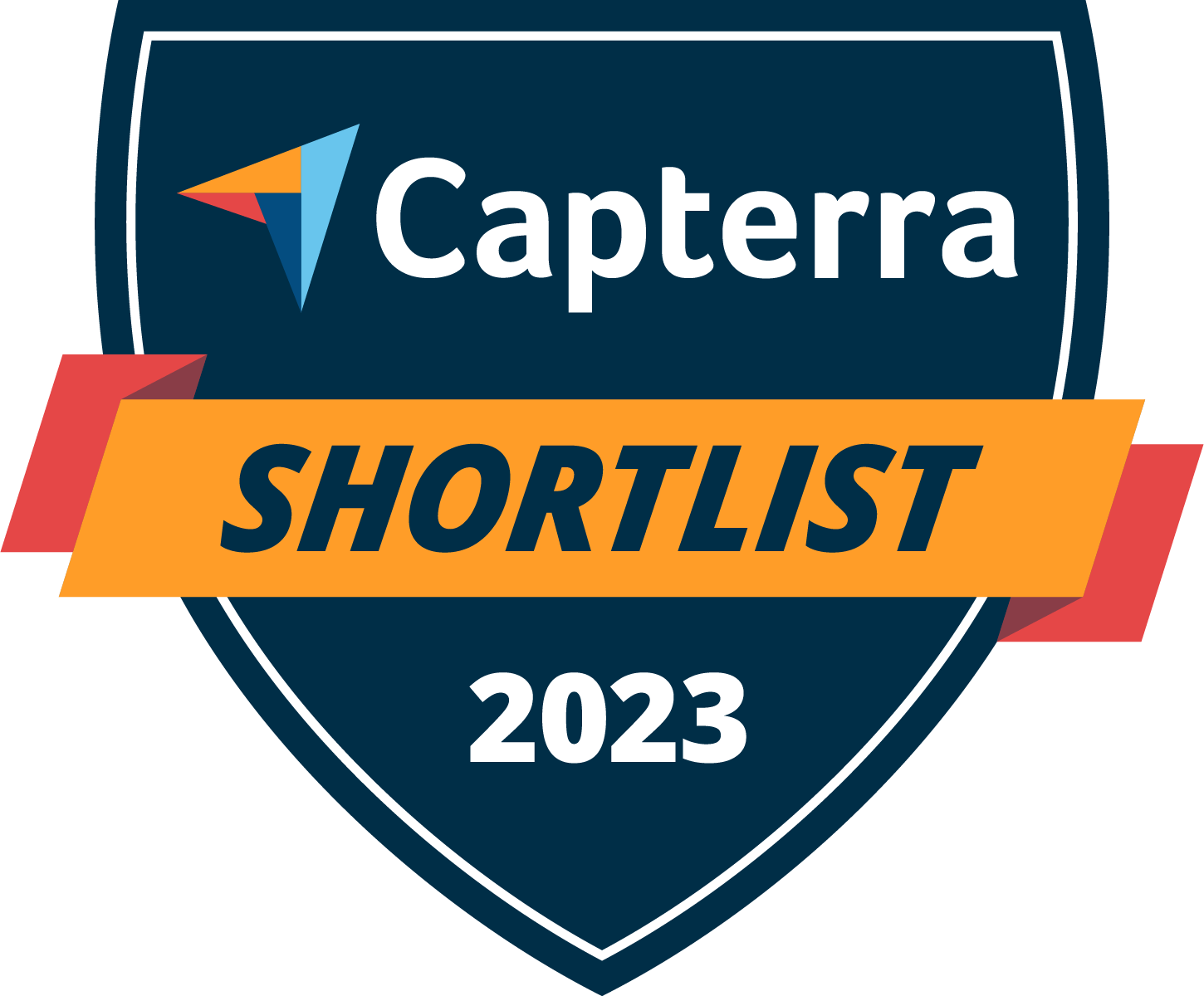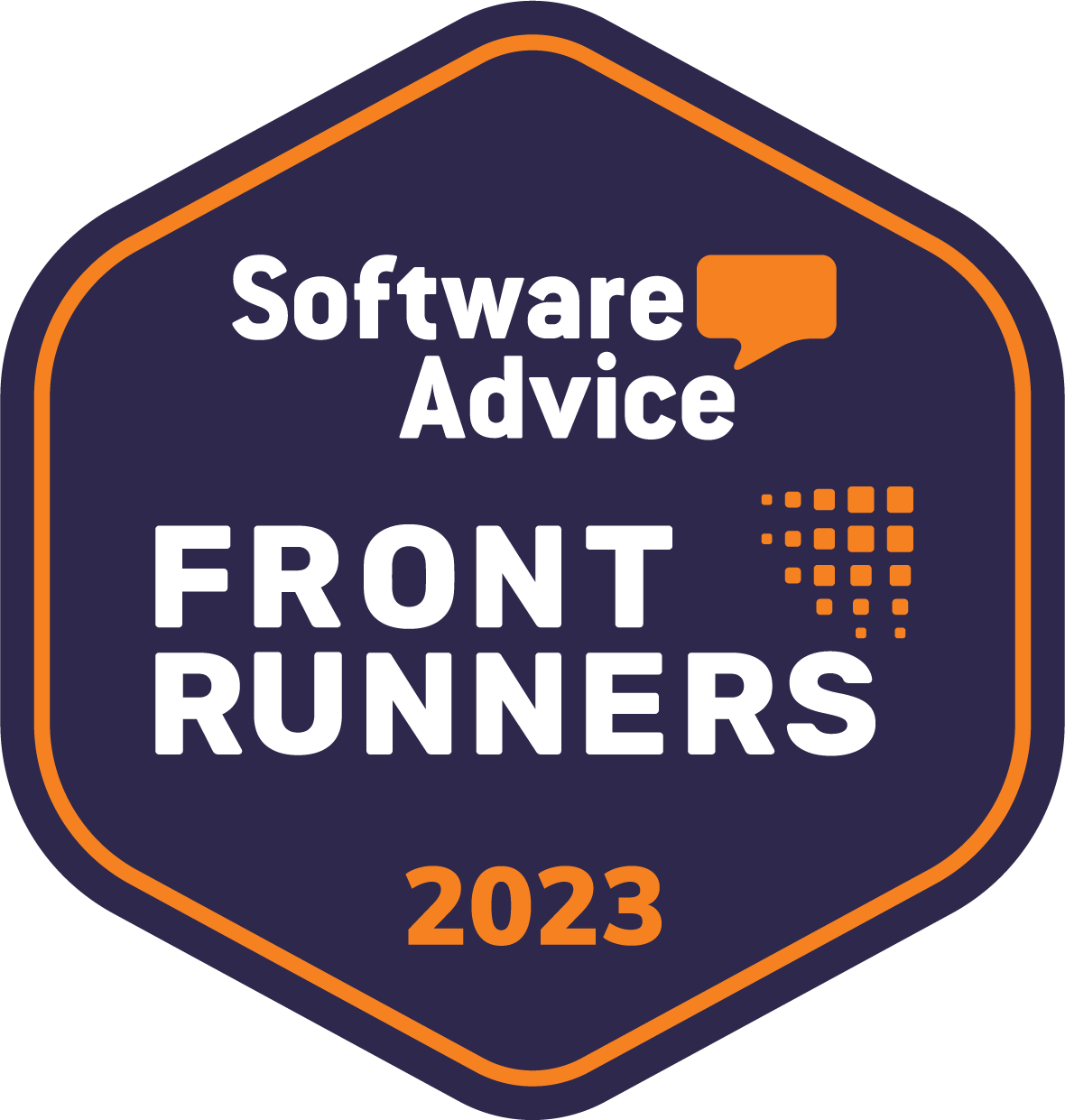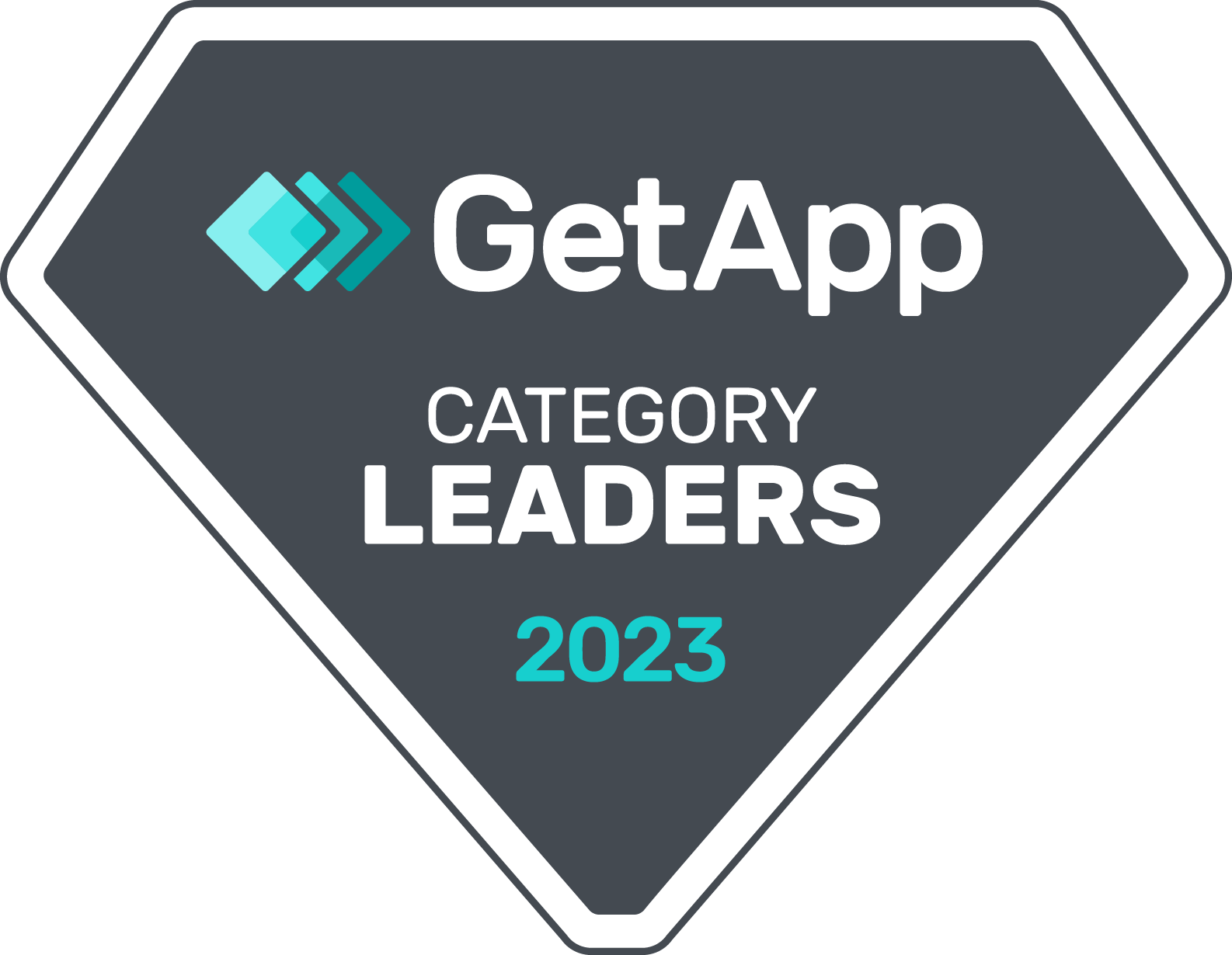Domain names are valuable assets for any business and are critical for an organization’s online presence. As your organization grows its online branding, you acquire more domains and subdomains and effectively managing these domains is a high priority for your business. Managing the registration of new domains, renewals and web hosting can become quite challenging without a domain management system.
Let’s take a closer look at the risk factors arising from the lack of a domain management system and how an IT asset management system can help solve these challenges.
Risks of poor domain management
Lack of a unified approach towards domain management makes you vulnerable to domain theft, DNS downtime, phishing, and hijacking. If your domain goes offline for even a short period, it can have serious consequences for customer trust, reliability, and revenue. Risks include the following:
1. Missed renewals
Most organizations usually own related domain names and extensions apart from their primary domain. Each domain comes with a different expiration date and sometimes a different renewal process. Often, there is no standardized process for a business to keep track of all these domains that require renewal in the near future. Some organizations have domain administrators who manage renewals manually but as they use Google spreadsheets to keep track of hundreds and sometimes thousands of domains, they don’t get notified about the upcoming expirations. Or even if you have automated the process through a domain vendor by tying your domain account, the account credit card can quietly expire, causing a delay in renewals. Missed renewals can take your domain offline, which can negatively impact your operations and halt customer service.
2. Lack of standardized policies
When building an online presence, organizations consider various domain-related factors such as overall business objectives, domain redirection processes, legal and IT activities, but many times they lack strong policies when it comes to domain name management. As your business grows, it becomes more likely that your company subsidiaries and other divisions will need to consolidate all domain names registered across the organization. However, instead of a defined set of protocols, many of these divisions rely on IT technical management to consolidate and transfer these domain names to the single registry. An ad hoc approach to domain management siloed in IT, without straightforward management visibility, is inefficient and reduces reliability. In this way, lack of resources, knowledge, and standard policies to optimize domain management may impact your online performance and strategy.
3. Lack of proactive domain monitoring
Without continual domain name monitoring, your organization is more vulnerable to a variety of cyber threats, such as malware, phishing attacks, and domain spoofing. Absence of a domain management system that helps you take proactive measures — for example, tracking registrations that use your trademarks or help you identify name variations and misspellings — opens the door to potential cyber risks while also potentially eroding your brand and customers trust.
4. Shared access to registrar’s account
Allowing multiple team members to have access to core domain names and DNS settings leads to ambiguity around login credentials and weakens security. Lack of a cohesive process for domain management also means that there are no user access protocols in place, providing limitations around which settings or information can be accessed by individual users. Multiple user access to the registrar’s account can also open potential entry points for domain hijacking. Unauthorized access and users, rogue registrations, change management vulnerabilities, and use of personal accounts exponentially increases the chances of domain hacking.
5. Poor cybersecurity measures
Lack of cybersecurity measures and awareness leads to domain compromises through phishing or social engineering. A number of major enterprises own hundreds of domains and subdomains but some fail to put up IP access restrictions, account activity logs, user control permissions, or registrar-level security locks in place. In addition to investing in a domain management system, employee training on how to recognize, avoid, and report threats is critical to reducing account lockouts, unauthorized users’ access, DNS attacks, and more.
Improving domain management with IT asset management features
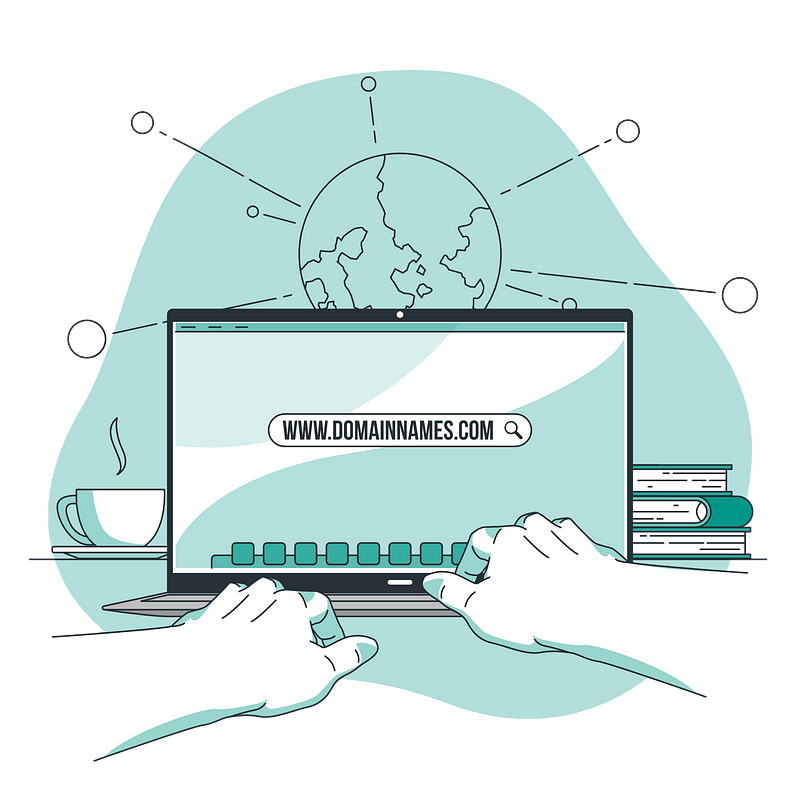
Many ITAM tools include built-in domain management capabiliti/es in addition to administering software and network assets, hardware devices, contracts, and domains. Leveraging your IT asset management features for domain management can benefit you in the following ways:
Accurate directory for domains
A key first step in domain management strategy is to create a central directory of all the domains and subdomains that your organization owns. If your organization is growing then it is possible that you have a different subdomain for each department, team, and so on. For privacy and protection purposes, it is important that you keep an updated record of your organization’s domain names and their IP addresses.
Although an IT asset management system is primarily used to track hardware and software assets, some ITAM tools include features to streamline domain management as well. These tools help you to create a database of all domain names and IP addresses and allow ongoing updates as required, ensuring that there is never a discrepancy among domain names and their ownership.
Enhanced security
According to a survey by Neustar International Security Council (NISC) in 2021, 72% of the participants reported experiencing a DNS attack within the last 12 months. Improper domain management and lack of standardized protocols regarding DNS security are the main contributing factors in these cyberattacks. Domain management features within an ITAM tool allows you to create policies for authorization and access control. Furthermore, you can also enable two-factor authentication for your software to give confidential domain information an added layer of security. You can also blacklist IP addresses from suspicious locations to further enhance your cybersecurity measures.
Brand protection
More and more organizations are realizing the need to prioritize brand protection to mitigate the threats of infringement and fraud. According to Cision, brand protection has become the biggest motivation among organizations for new domain registrations. Centralizing your domain management system through an ITAM tool can better protect your domains from web traffic scams, copyright infringement, and other activities that can negatively impact your brand.
Domain analytics
Some IT asset management tools include features that eliminate tedious, inefficient manual domain management. They allow you to generate reports on active vs expired domains and take action on whether the expired domains require renewals or not. You can also check the total amount that you are spending on these domains and make educated decisions based on this data. These solutions offer payment history reports that indicate the web hosting provider, domain status, registration date, and more.
Schedule domain payments
Keeping track of renewals, expiration dates, and payment schedules for multiple domains can be quite challenging. With domain management systems, you can maintain payment schedules in just a few simple steps. These systems enable you to specify the amount of the payment and associated details for every domain — further, you can either apply an automatic renewal policy or set up notifications to alert you about an approaching domain expiration, giving you ample time to renew, if needed. . In this way, IT asset management tools with domain management help keep your ongoing domain payments and renewals in check.
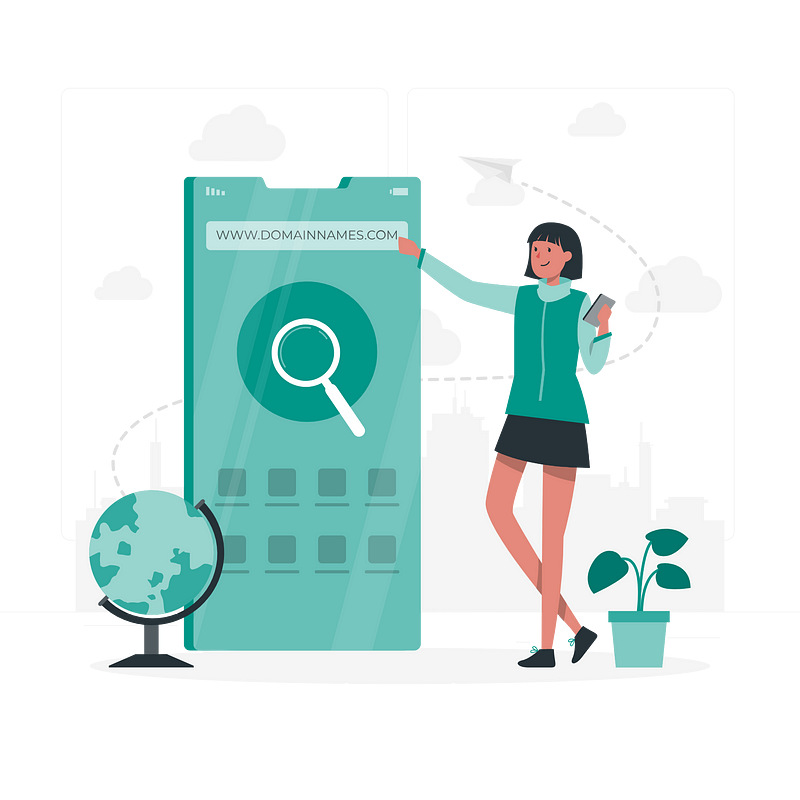
Centralize registrar’s access
Multiple users having access to the registrar’s account increases the risk of security breaches. Users with access can share login credentials, access confidential domain data, and can even transfer the registrar’s ownership, intentionally or not. Using a domain management system combats this problem with two-factor authentication and defining hierarchical roles with limitations on who can access the domain management module and to what extent. ITAM tools allow you to implement these access controls with custom user roles and permission protocols, helping your organization avoid unauthorized access, rogue registrations, and domain hijacking.
Protecting your brand and consolidating your domains in a centralized system is an essential aspect of your business security strategy and vital to your consistent online presence. Instead of adding a separate domain management system to your already complex IT ecosystem, another option is to utilize your ITAM tool to its fullest by implementing its domain management capabilities.

Read more: Enforce Effective Domain Management With AssetSonar
About AssetSonar
AssetSonar is a powerful ITAM solution used by tech organizations and businesses all over the globe. Sign up today for a free 15-day trial.
For more assistance, drop us an email at support@ezo.io. You can also visit our blog for detailed support posts.
Join the Conversation: Twitter | Facebook | LinkedIn
